Multifaceted benefits of building the North-South high-speed railway
The North-South high-speed railway project – the largest project ever with a total estimated cost of up to 70 billion USD – will bring about 0.97% annual growth to the economy.
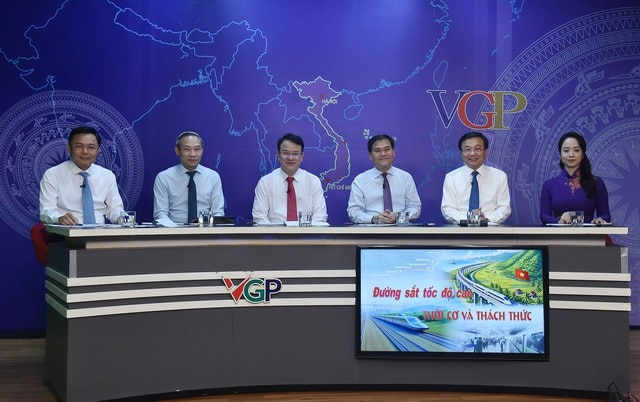 |
| Leaders of the ministries: Planning and Investment, Transport, Finance, Vietnam Railway Corporation attended the discussion. |
This is the opinion of Mr. Tran Quoc Phuong, Deputy Minister of Planning and Investment, on the impact of the North-South high-speed railway investment project on Vietnam's economic growth at the seminar "High-speed railway - Opportunities and challenges" organized by the Government Electronic Information Portal this afternoon.
According to Deputy Minister Tran Quoc Phuong, we are now reaching the "ripe" level in terms of timing as well as the foundations of political determination and resources to build the North-South high-speed railway.
Firstly, the people's strong desire for an international standard high-speed railway with speed, comfort, high standards, and better connectivity than the existing North-South railway.
This desire of the people is legitimate because currently we can only experience high-speed rail abroad. There is nothing more joyful than if the Vietnamese people can travel on high-speed rail in their own homeland.
Second, we also have a full political and practical basis. Regarding the political basis, we also have resolutions and conclusions from the Central Committee and the Politburo on the construction of a high-speed railway from now until 2035.
In terms of practical basis, we see that the national master plan also raises the issue of completing infrastructure, including the North-South high-speed railway. This is necessary to have a breakthrough in infrastructure, creating a positive and widespread impact on economic growth as well as ensuring social security.
Since we are currently in the pre-feasibility study stage, the data is only preliminary to assess the project's effectiveness on socio-economic development.
However, the impact of the North-South high-speed railway investment project can be assessed in two phases: the first phase is under construction; the second phase is putting into operation. Both phases have an impact on economic growth.
Regarding the construction phase, Deputy Minister Tran Quoc Phuong said that investment spending is also a driving force for economic growth. In the history of public investment in our country, this is the largest project ever, with a total estimated expenditure of approximately 70 billion USD. This level of investment spending will impact economic growth throughout the project's construction period.
According to preliminary assessments, if this amount of money is deployed from now until 2035, the impact of this high-speed railway investment will increase GDP by about 0.97 percentage points during the construction investment period. This is a very significant figure, contributing to the overall growth of the economy.
In more depth analysis, this project has a direct impact on about 7-8 areas. Firstly, it impacts our construction industry in the GDP structure.
The second is the impact on supporting industries serving this project, such as the industry providing construction materials, including common materials such as sand, stone, gravel or special materials such as iron and steel for making railways or other projects.
Third, the impact on service industries providing for this project such as finance, banking or capital mobilization services...
Fourth, the spillover effect on urban development when this route runs along the entire North-South economic corridor with 23 passenger stations and 5 freight stations. In the development orientation of this railway route, each station has attached urban areas.
In the future, if we identify urban development as a driving force, this will be a good driving force for socio-economic development.
Fifth, the impact on later mining industries when the project comes into operation, especially tourism services.
Sixth, because this is an extremely large-scale project, mobilizing forces to participate in the construction of this project will create relatively large jobs.
In addition, it will impact the growth of the transportation industry that we are analyzing to modernize the transportation system, increase sales, productivity, and capacity to serve transportation with a new railway.
When the Project is put into operation, it will certainly increase the competitiveness of the economy, especially reduce logistics costs, and contribute significantly to the development of industries and production and business sectors that use this railway line.
“We have made this preliminary assessment and will certainly have more specific figures in the next research step. We will regularly update and have more detailed assessments,” Deputy Minister Tran Quoc Phuong emphasized.
Deputy Minister Tran Quoc Phuong said that for the North-South high-speed railway investment project in particular and transport infrastructure projects in general, we need a new approach: taking supply first to approach demand. This is a story that has been discussed a lot from actual projects that have been implemented.
“Many routes had relatively low traffic volume in the early stages of operation, causing concerns about inefficiency, but just 1-2 years later, those roads were very crowded and congested. Therefore, we need to have a longer-term vision when planning and implementing transport infrastructure projects,” Deputy Minister Tran Quoc Phuong cited.
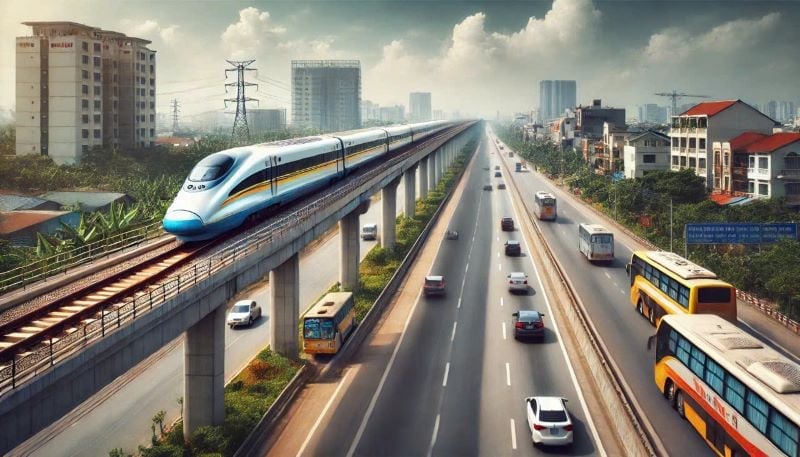 |
| Illustration photo. |
Ready resources to invest
According to Mr. Nguyen Danh Huy - Deputy Minister of Transport, this is the right time and necessary to build the North-South high-speed railway to restructure the transport market appropriately.
Currently, the size of our economy has reached 430 billion USD, public debt is also at a very reasonable level of about 37% (2023). Our resource conditions are basically not a big challenge.
In addition, the technical concerns have also been fully and convincingly explained by the Ministry of Transport and relevant agencies, such as why the speed of 350 km/h was chosen, or why the function of use is passenger transport.
Regarding investment resources for the Project, Deputy Minister of Finance Bui Van Khang said that this is a national key project and we have many years to prepare for investment.
Regarding financial preparation, ministries and branches have recently coordinated very closely and agreed to propose three groups of overall management solutions and four methods of resource mobilization.
Three groups of comprehensive management solutions include: First, renewing the growth model, managing the socio-economy flexibly and effectively to contribute to increasing annual budget revenue with the spirit that each year must be higher than the previous year.
Second, operate a flexible and effective fiscal policy towards thorough thrift and anti-wastefulness to focus resources on development investment.
Third, amending institutions, removing bottlenecks and bottlenecks in attracting resources in the fields of finance and investment. The Government has submitted this solution to the National Assembly for discussion and approval in this session.
Four options for mobilizing resources for the North-South high-speed railway investment project have also been studied and proposed by the Government.
The first is to develop a five-year national financial plan for three periods up to 2035 in a proactive spirit, balancing resources to ensure full state budget expenditure tasks according to the provisions of the Budget Law.
In particular, priority spending is focused on development investment, especially national and key projects in the transport sector, including the high-speed railway project, with the spirit of combining both central and local budgets, with the central budget playing the leading role.
Second, attract resources, mobilize government bonds with appropriate interest rates, market conditions and project implementation progress.
Third, attract domestic investment resources including public-private partnerships. Fourth, mobilize foreign resources with high incentives, reasonable negotiation conditions and few constraints.
“With three solutions and four resource mobilization options, we believe that financial preparations for the high-speed railway project are ready to ensure the highest level of financial resources according to the approved roadmap and the project implementation progress is guaranteed in accordance with the policy of Resolution 49-NQ/TW of the Politburo and Resolution of the 10th Central Conference,” the Deputy Minister of Finance assessed.
The project passes through 20 provinces and cities including: Hanoi, Ha Nam, Nam Dinh, Ninh Binh, Thanh Hoa, Nghe An, Ha Tinh, Quang Binh, Quang Tri, Thua Thien Hue, Da Nang, Quang Nam, Quang Ngai, Binh Dinh, Phu Yen, Khanh Hoa, Ninh Thuan, Binh Thuan, Dong Nai, Ho Chi Minh City.
According to the Government's proposal, the Project aims to build a new double-track railway line, 1,435 mm gauge, design speed of 350 km/h, load capacity of 22.5 tons/axle; build 23 passenger stations, 5 freight stations; high-speed railway for passenger transport, meeting dual-use requirements for national defense and security, and can transport goods when necessary.
The total land use demand of the Project is about 10,827 hectares, of which rice land is about 3,655 hectares (of which rice land with 2 or more crops is 3,102 hectares); forestry land is about 2,567 hectares; other types of land according to the provisions of the law on land are about 4,605 hectares. The resettled population is about 120,836 people. In Submission No. 685, the Government proposed that the National Assembly allow that during the operation and exploitation process, based on the proposals of localities, the Prime Minister will decide to invest in additional station locations in urban areas with high transportation demand.
Preliminary total investment of the Project is about 1,713,548 billion VND (equivalent to 67.34 billion USD).
The government said that the high-speed railway line on the North-South axis is expected to invest about 60% in bridges, 10% in tunnels and 30% in ground, so the project investment rate is about 43.7 million USD/km.
The source of capital for the Project implementation is capital from the central budget arranged in medium-term periods, capital contributed by localities, and mobilized capital with low costs and few constraints.
During the construction and operation process, businesses will be called upon to invest in service and commercial areas at the stations; and invest in additional vehicles for exploitation when needed.
Regarding implementation progress, the Government proposed to prepare a Feasibility Study Report in 2025-2026; start construction at the end of 2027; strive to basically complete the entire route in 2035.


![[Photo] Comrade Khamtay Siphandone - a leader who contributed to fostering Vietnam-Laos relations](https://vstatic.vietnam.vn/vietnam/resource/IMAGE/2025/4/3/3d83ed2d26e2426fabd41862661dfff2)
![[Photo] Special relics at the Vietnam Military History Museum associated with the heroic April 30th](https://vstatic.vietnam.vn/vietnam/resource/IMAGE/2025/4/3/a49d65b17b804e398de42bc2caba8368)

![[Photo] Prime Minister Pham Minh Chinh receives CEO of Standard Chartered Group](https://vstatic.vietnam.vn/vietnam/resource/IMAGE/2025/4/2/125507ba412d4ebfb091fa7ddb936b3b)

![[Photo] Prime Minister Pham Minh Chinh receives Deputy Prime Minister of the Republic of Belarus Anatoly Sivak](https://vstatic.vietnam.vn/vietnam/resource/IMAGE/2025/4/2/79cdb685820a45868602e2fa576977a0)
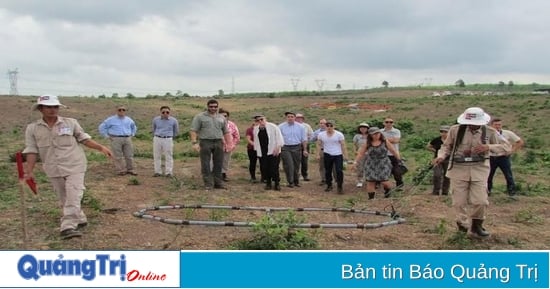

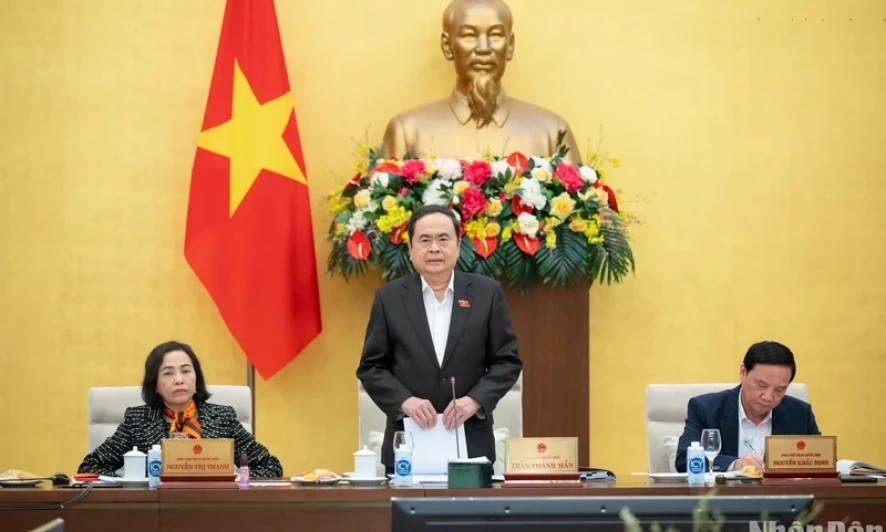
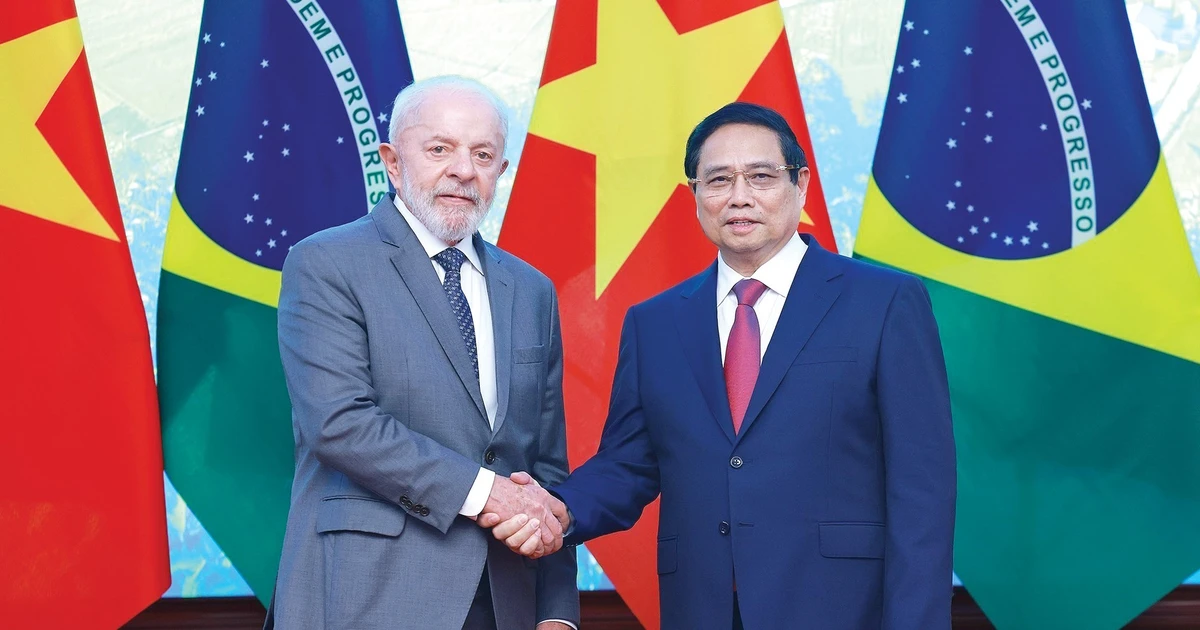



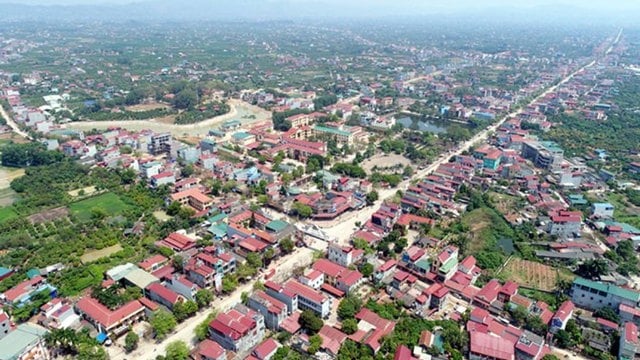




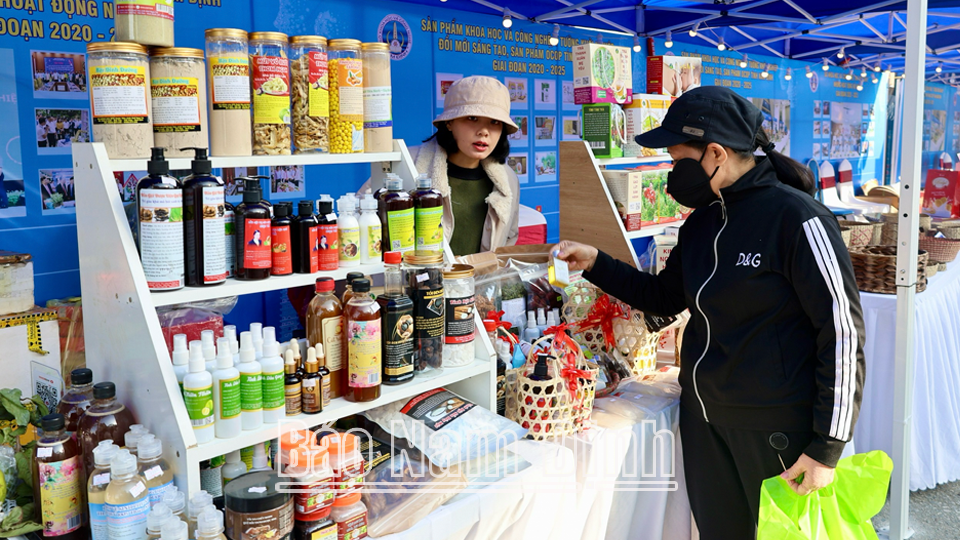

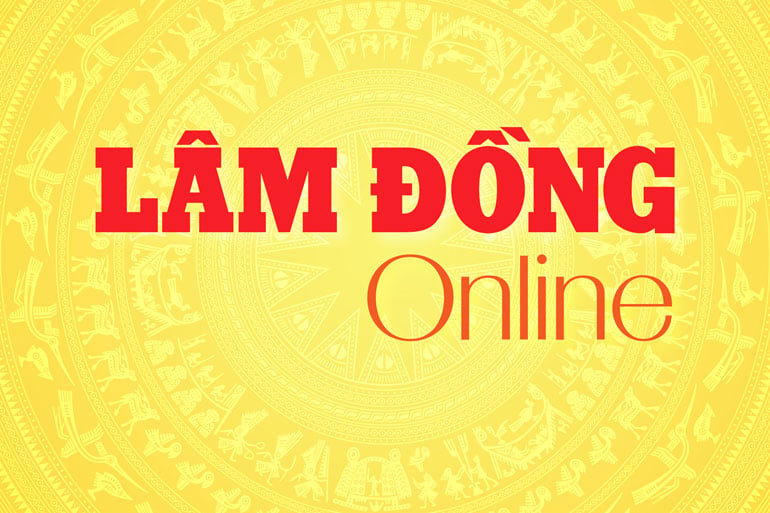
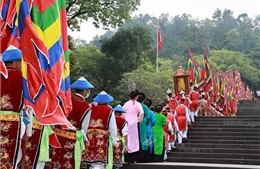
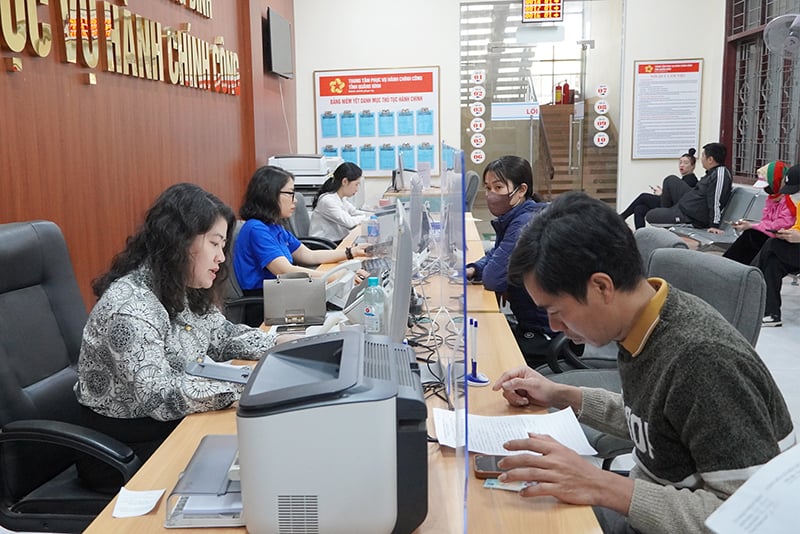




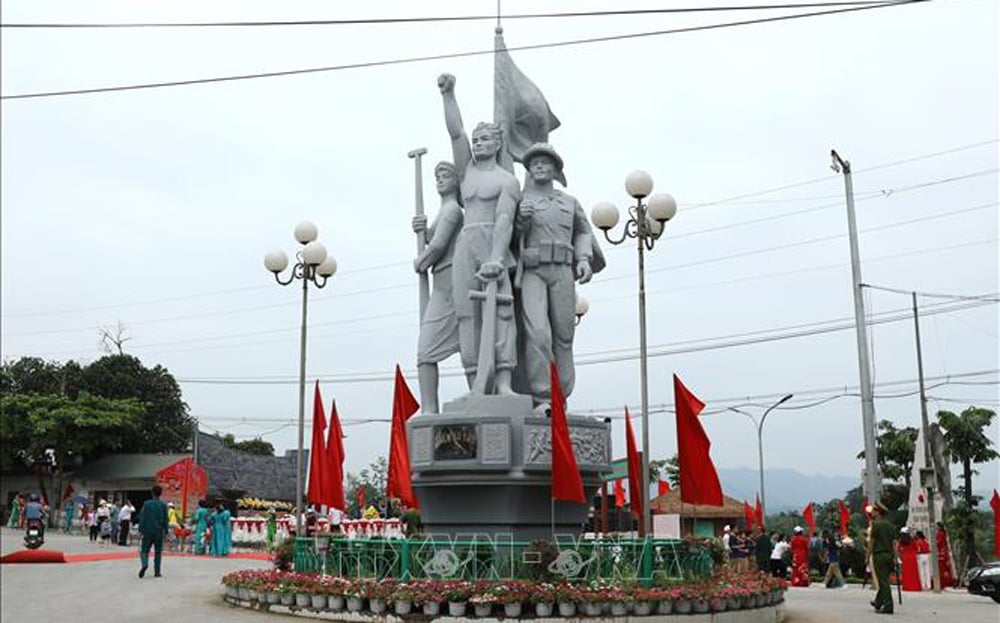

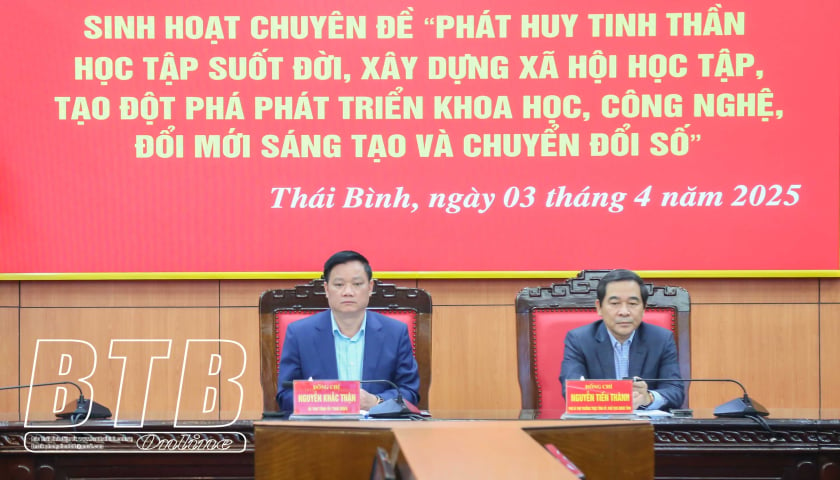

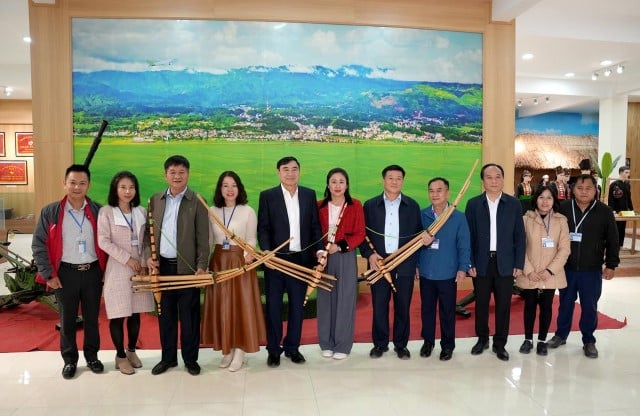
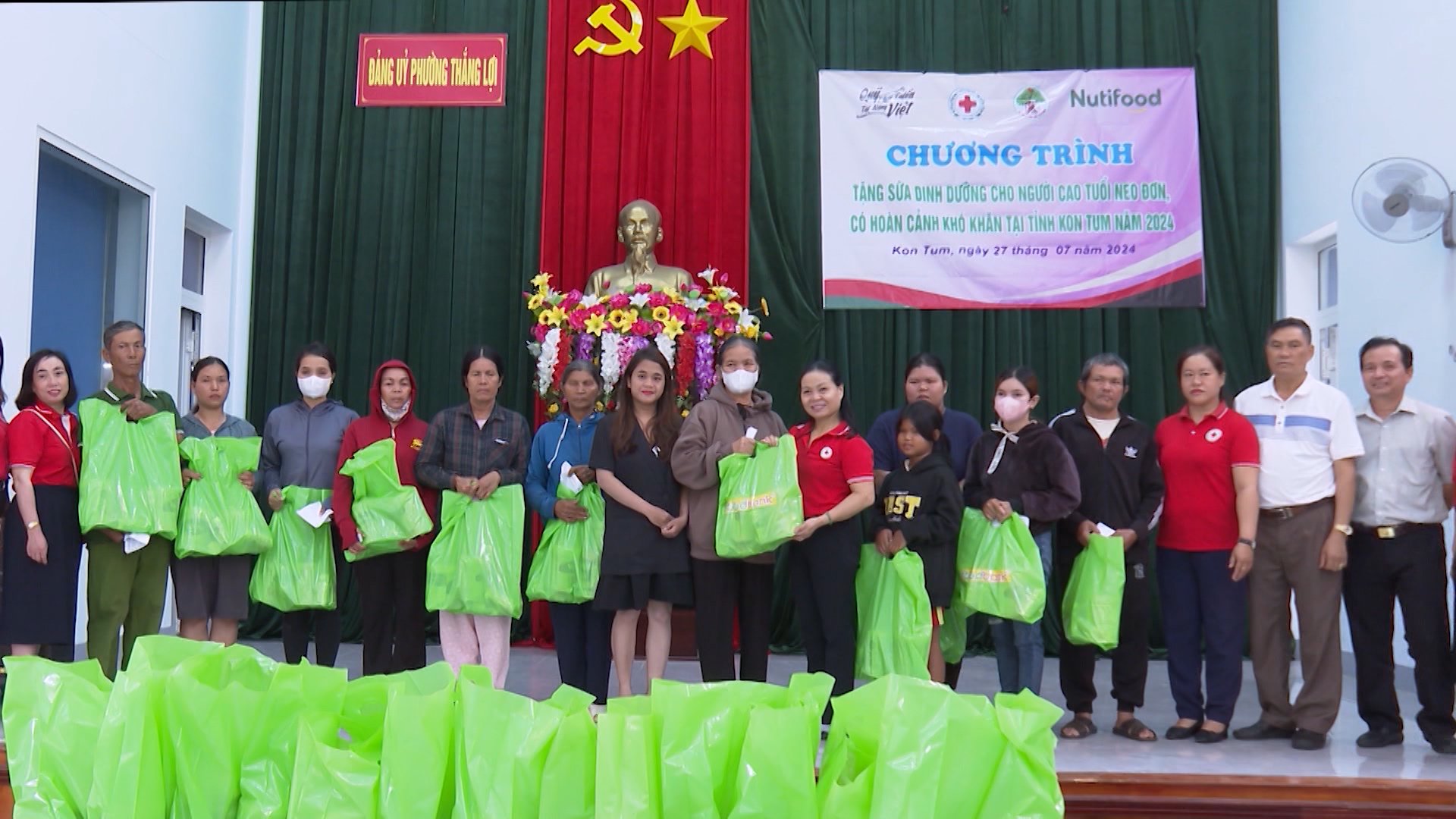
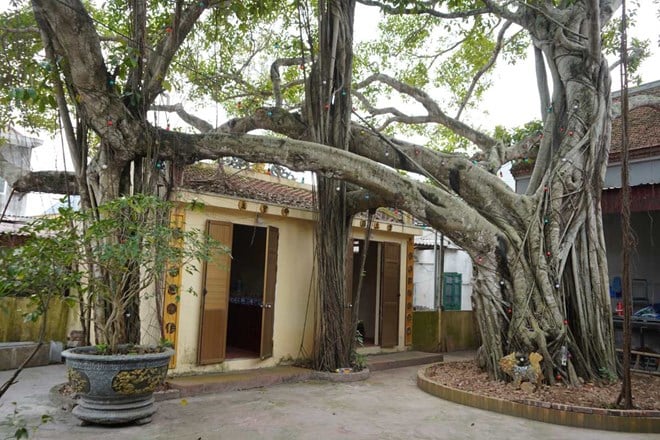

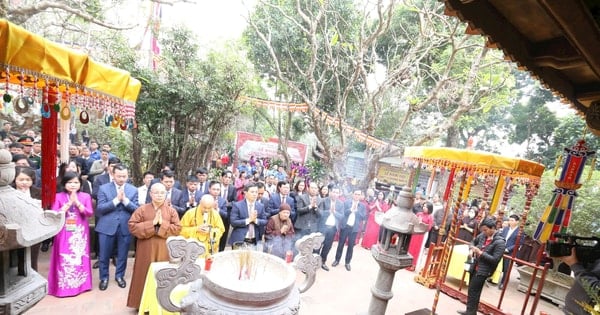







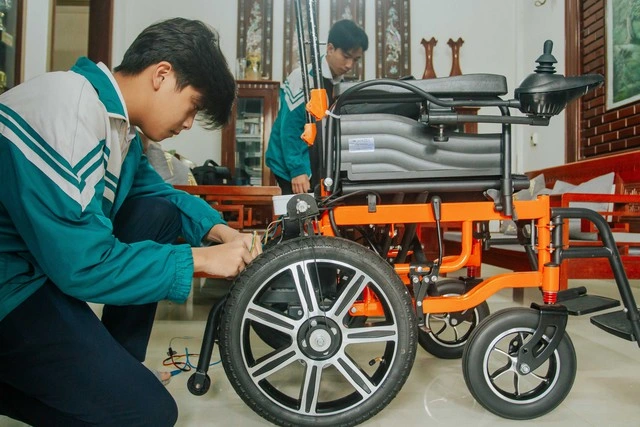



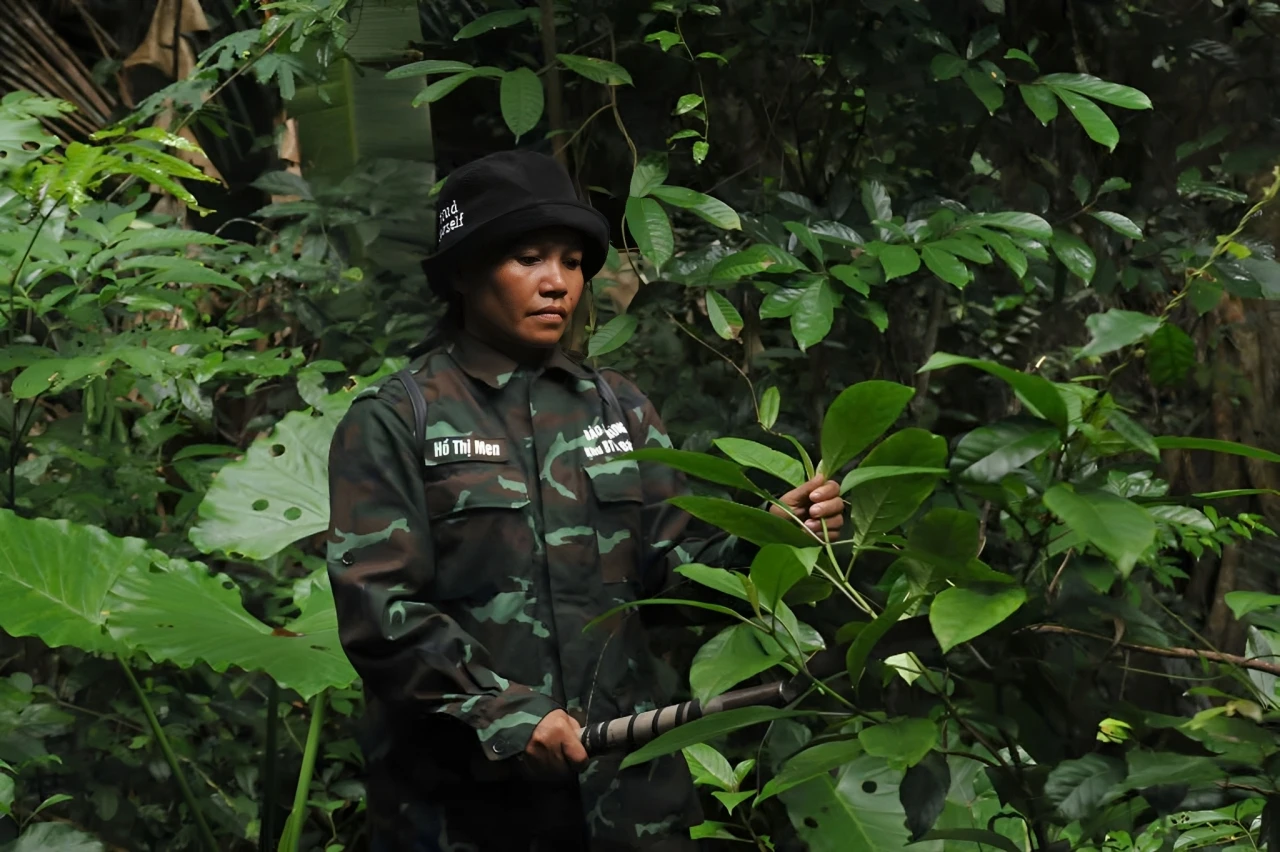












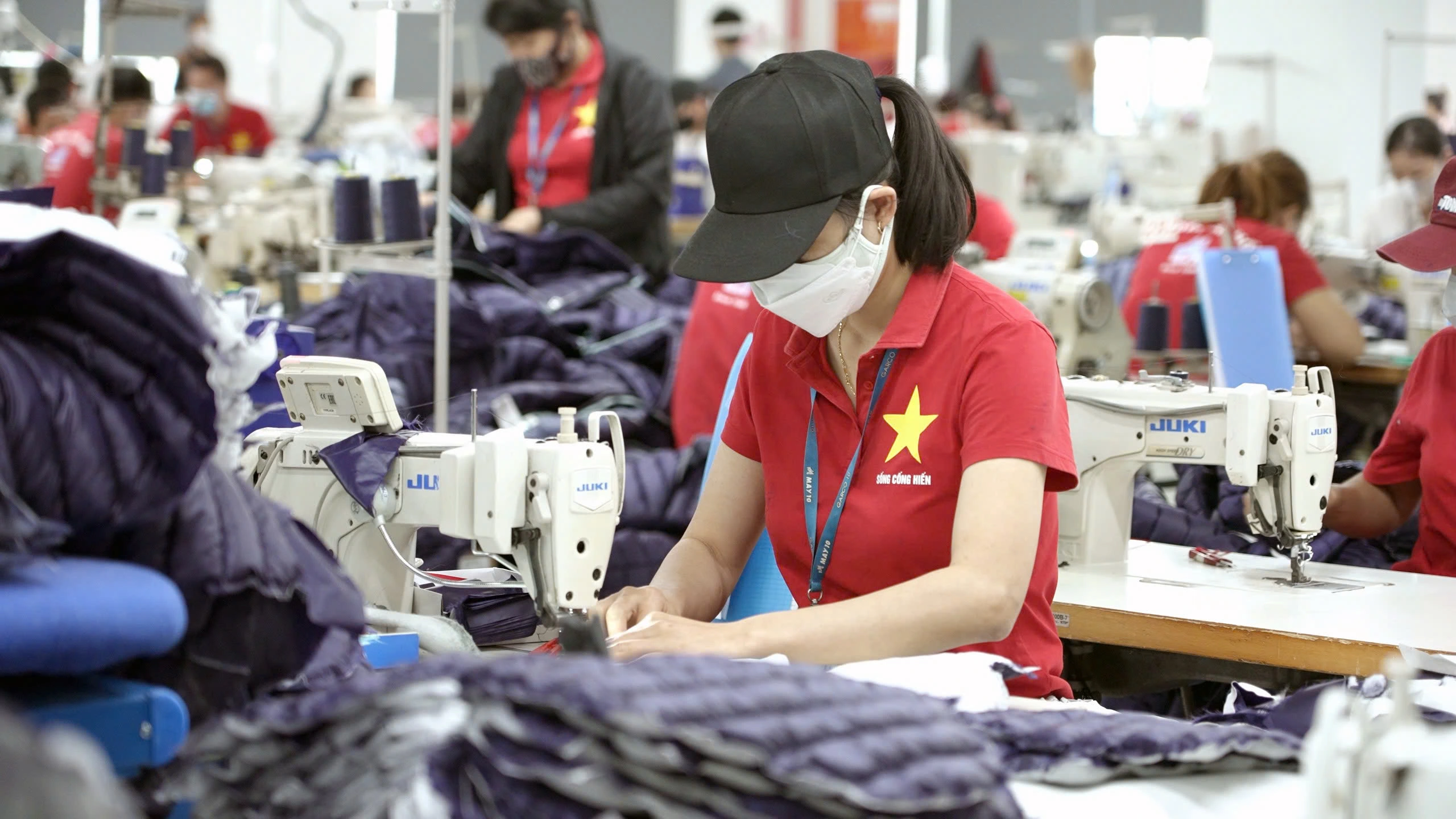


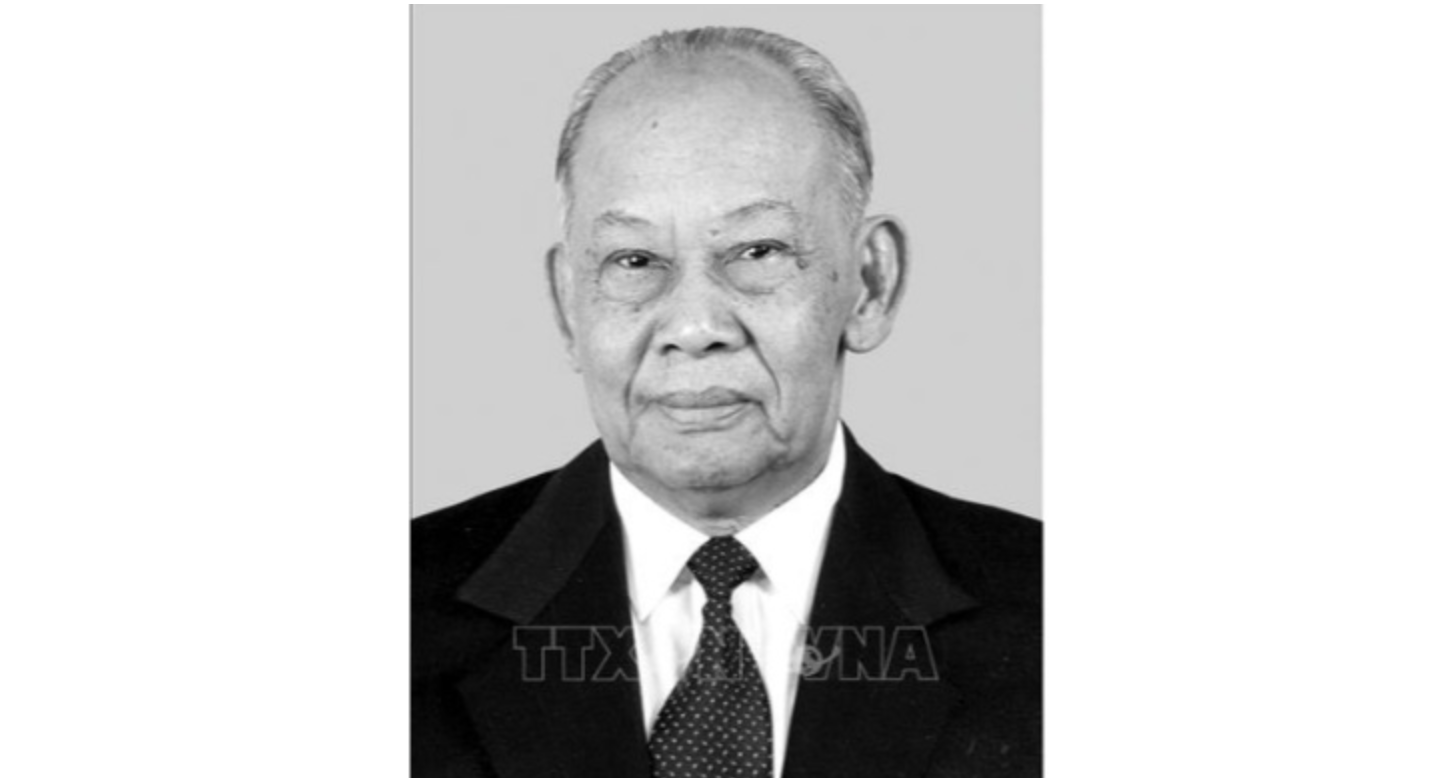

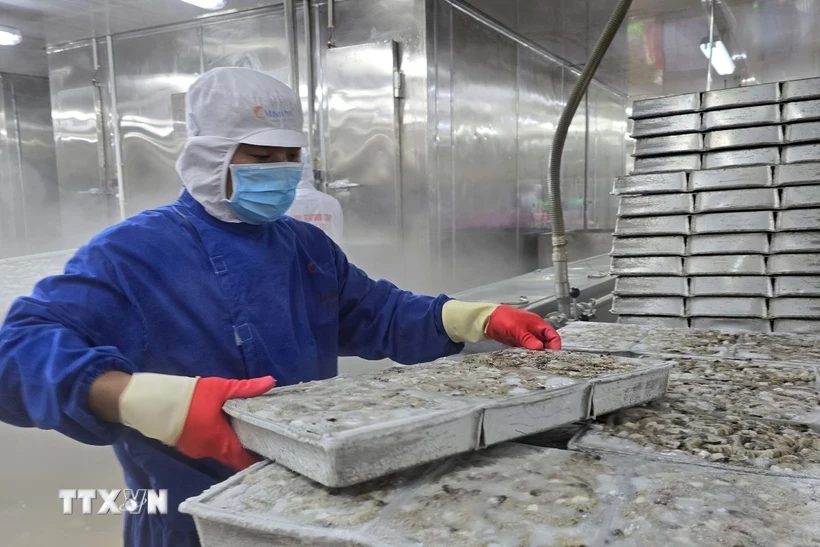
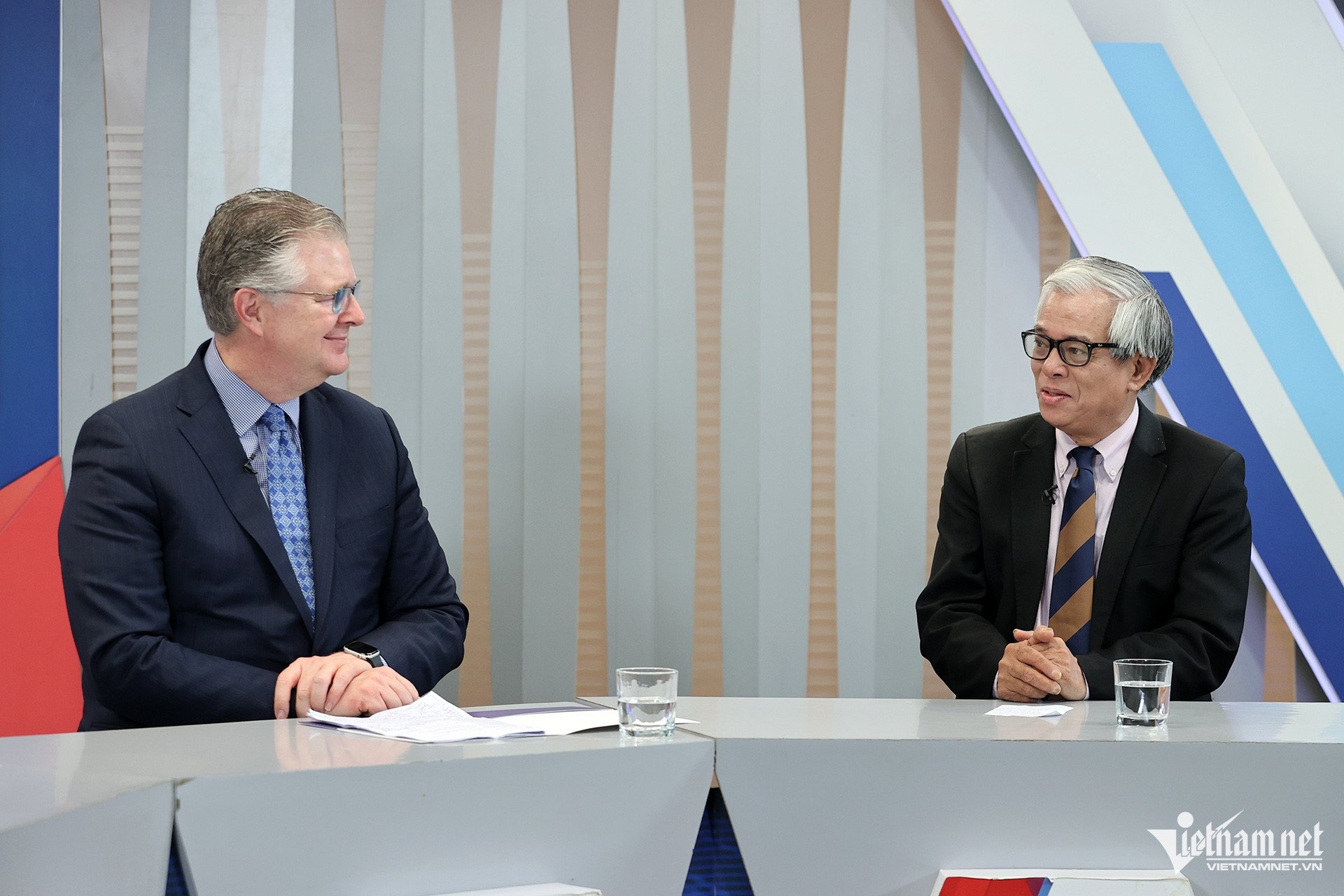



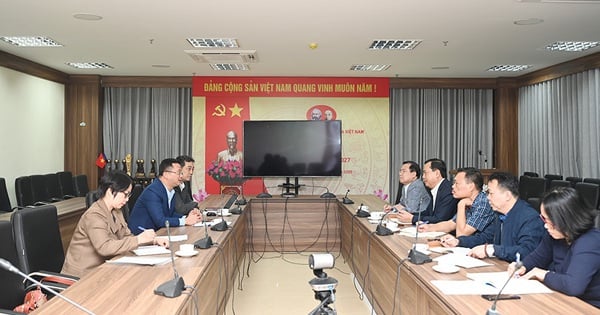
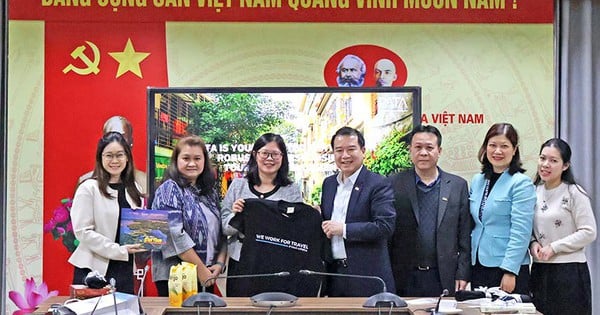



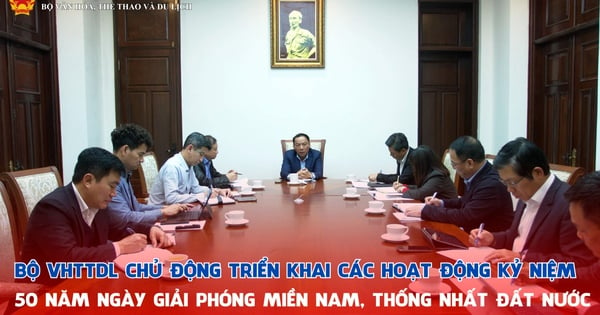


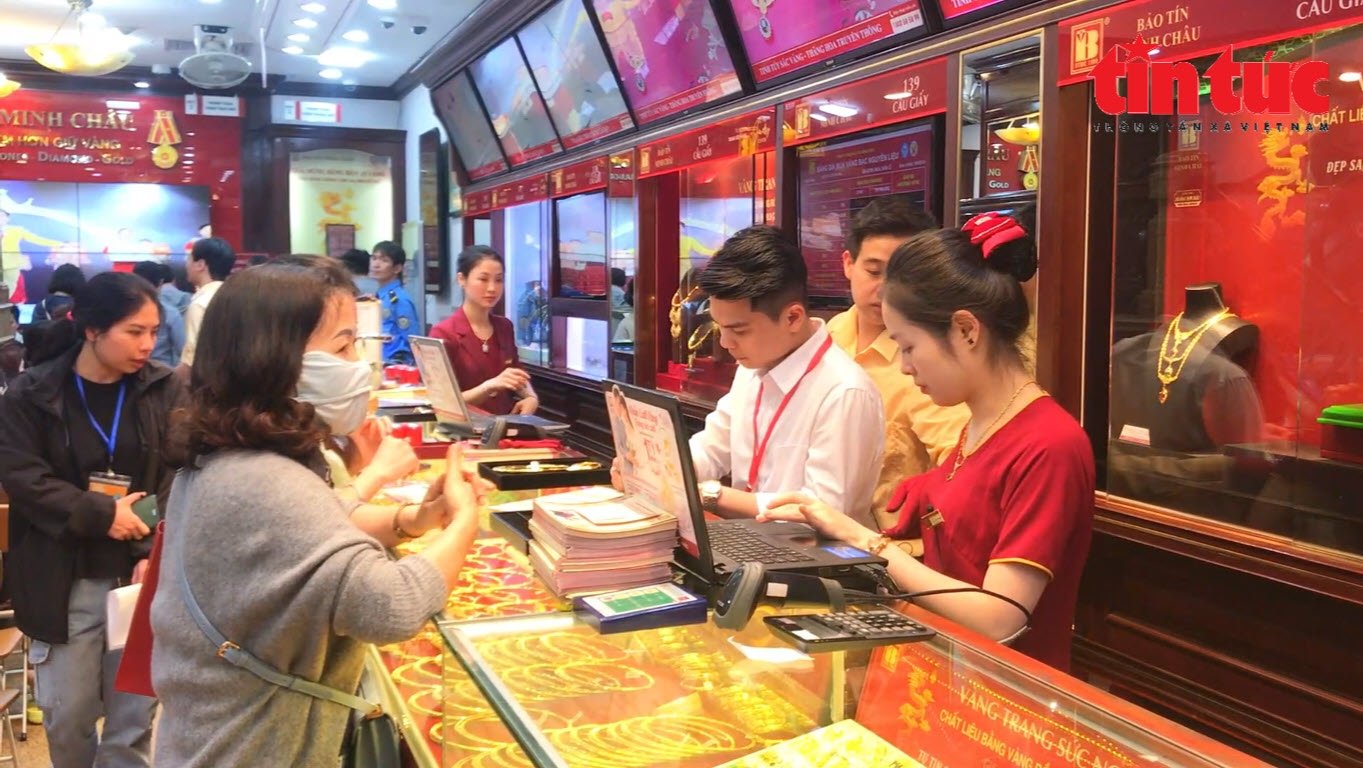















Comment (0)